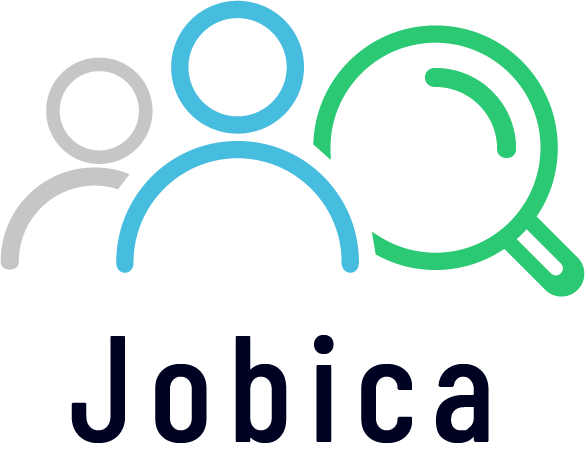Nearly everyone, at some point in their career, will have to decide if they want to pursue a leadership role. However, many people focus their consideration on the wrong factors. Yes, leadership positions come with pay bumps, extra perks, and more prestigious titles. But to be a successful leader, you need to be honest with yourself. Are you ready?
Moving into managerial or other types of leadership roles is a big responsibility. It impacts more than just your career. It could either greatly improve or hurt your entire company in some way. For example, a 2018 TINYpulse report found that employees with ineffective managers are four times more likely to be actively interviewing for other jobs.
The choice is also complicated by the fact that a leadership role will, undoubtedly, be very different than your previous positions. The necessary skills are not likely strengths you’ve regularly been using. The position could even reveal weaknesses, so if you’re not ready, the transition can be jarring for your career.
Before jumping at that promotion, ask yourself the following questions to see if it’s truly time to take the next step and become a leader:
Do you understand how your responsibilities will change?
Whether you’re considering taking a leadership role within your current company or looking elsewhere, your daily responsibilities will be different. And probably not in ways you expect. Often, managers and leaders have to take on administrative tasks that could result in doing what you love less.
For example, say you’re a teacher thinking of becoming the head of your department. You’ll have to attend more meetings and supervise other teachers. You might not have as much time to work with your students after school or advise clubs and coach sports teams. If interacting with kids is the number one thing you love about your career, moving to a leadership role will likely leave you unsatisfied.
Make a list of what you enjoy most about your job. Don’t just consider your tasks and responsibilities. Also, think about factors like who you work with and the number of hours you work each day. Then cross off anything on the list that would no longer be part of your job if you became a manager. If there isn’t enough left to keep you happy professionally, it’s not time to make the move.
Have you identified where there are holes in your knowledge?
Professional development is complicated. Employees receive training for a variety of reasons. Sometimes their organization needs workers with new skills. Other times, managers see potential in an employee and offer them an opportunity. You can also complete courses and training on your own time.
Looking back at all your career learning, you need to know which leadership skills you have covered and which you need to hone. This takes tremendous self-awareness. But knowing where there are gaps in your knowledge allows you to enter a leadership role with open eyes. You can spot situations you need help navigating. Or you can take the initiative to learn the necessary skills
If you’re not sure what it takes to be a leader, reach out to a manager you admire. Meet with them and have a conversation about what traits or experiences you’ll need. Also, ask for honest feedback about your skill level. Of course, you can learn some things while in the role, but you need to determine if you have enough bases covered to get started.
Can you see the bigger picture?
When you’re an individual employee, you’re just one part of what goes on at an organization. Overall, you know what the company is working toward, but you may not know all the steps and details. Leaders have to step back and consider multiple dimensions of what’s going on within their team.
For example, if one employee is suddenly underperforming, you need to identify why and understand how that impacts others. Their poor work could hurt morale and lead to a drop in productivity. At the same time, it could be a sign of a bigger problem. Maybe the employee needs new challenges or additional resources and support. As a leader, you need to be able to interpret different perspectives and possibilities to find solutions that work for both individuals and the organization as a whole.


